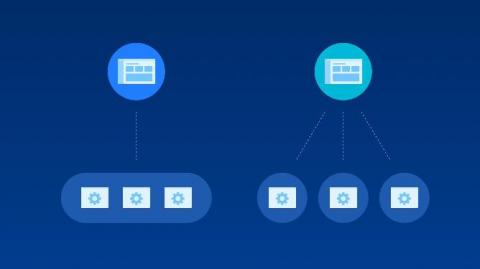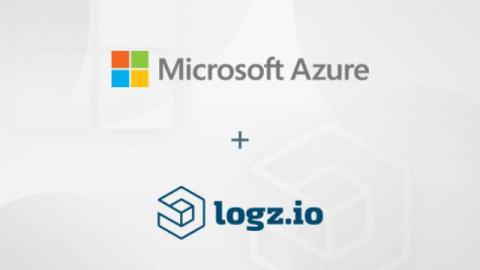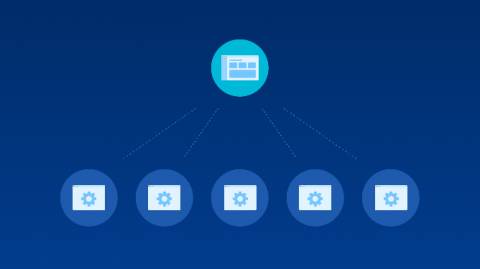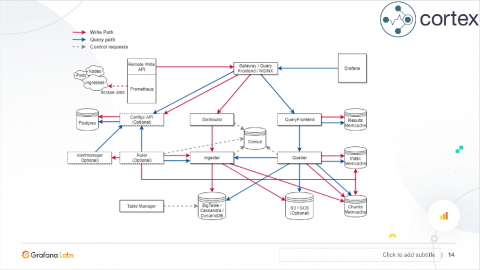Operations | Monitoring | ITSM | DevOps | Cloud
Microservices
Weave trimmed troubleshooting fat, cut API response time from seconds to milliseconds with Jaeger
Weave trimmed troubleshooting fat, cut API response time from seconds to milliseconds with Jaeger.
Best Practices for Moving from a Monolith to Microservices
In the first post of this series, we looked at the state of your organization, how to tell if Microservices are right for you, and wrapped up with a few challenges this architecture brings to the table. In this article, we will look at organizational changes that will help you adopt a Microservice architecture. Additionally, we will touch on topics like how to bring change to your organization, how to embrace the primacy effect, and why you should embrace cross-functional teams.
Why Transaction Tracing is Critical for Monitoring Microservices
Using Logz.io for Spring Boot Logs
We recently wrote a blog with Julien Dubois, a Java Developer Advocate from Microsoft, on how to simplify logging for Spring Boot applications. This is a small preview. Spring Boot is an open source Java framework that makes it easier for developers to create microservices. Azure just announced Azure Spring Cloud, which will help Java engineers on Azure developer Java microservices faster. This blog explores how to simplify logging for Spring Boot applications.
New UX From Rollbar Takes The Hassle Out Of Monitoring And Debugging Errors In Microservices
Monolith to Microservices: Is Your Organization Ready?
Transitioning from a Monolith to a Microservices architecture can take years to complete. The internet is full of stories of companies famously making this transformation. But how do you know if it’s right for your organization? Is your organization ready? In this article, we will look at five questions you can ask to see if you’ll benefit from a Microservices architecture. We’ll also discuss five challenges you will face during this transformation.
What Is a Service Mesh, and Why Do You Need One?
“Service mesh” is an umbrella term for products that seek to solve the problems that microservices’ architectures create. These challenges include security, network traffic control, and application telemetry. The resolution of these challenges can be achieved by decoupling your application at layer five of the network stack, which is one definition of what service meshes do.
[KubeCon Recap] Cloud Native Architecture: Monoliths or Microservices?
Microservices have been gaining popularity since they were introduced in 2015. But they come with challenges for both developers and users because of the intricate configuration and deployment which often leave developers longing for the simplicity of monolithic applications.
6 Key Benefits of Microservices Architecture
One challenge for developers beginning a new project is choosing between monolithic and microservice architecture. According to Camunda research, 63% of enterprise level companies have taken steps to apply microservice architecture. Let’s take a closer look at the benefits and implementation of microservice architecture and why enterprise level companies, like Amazon, Netflix, and Uber, are choosing this architecture over traditional monolithic architecture?











